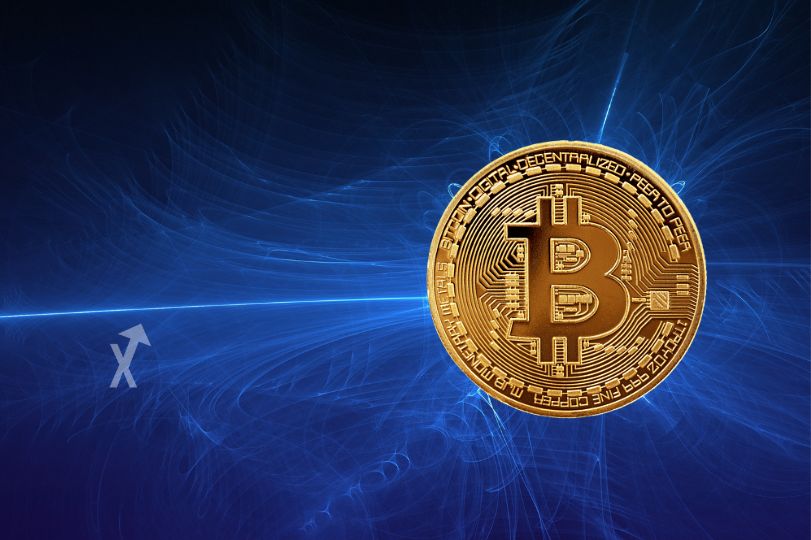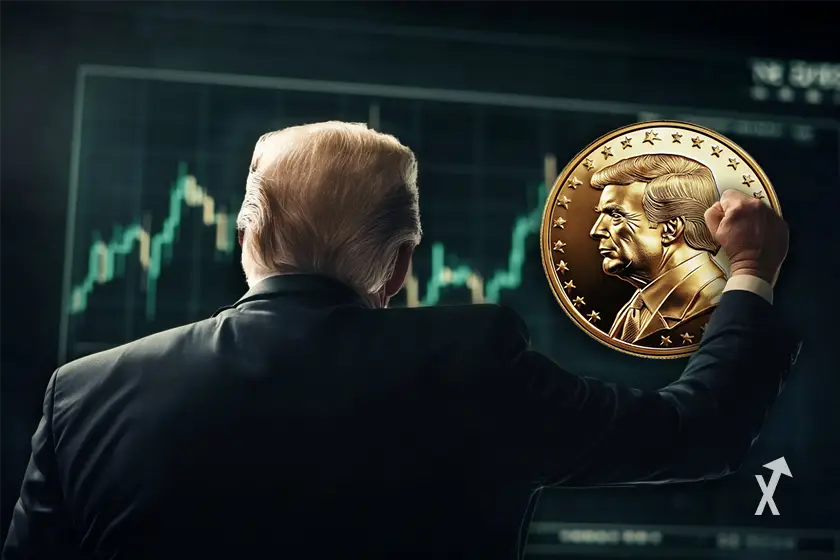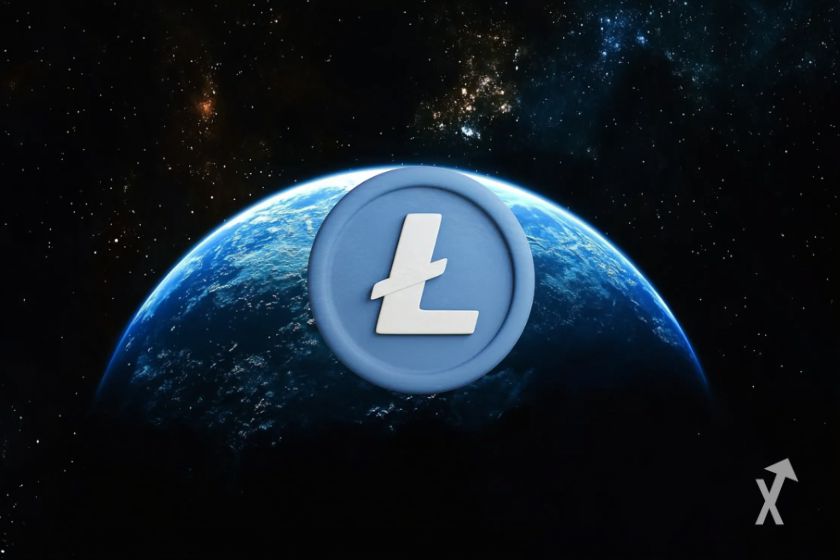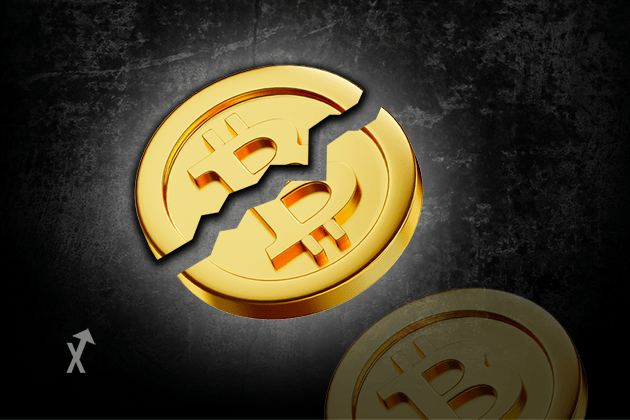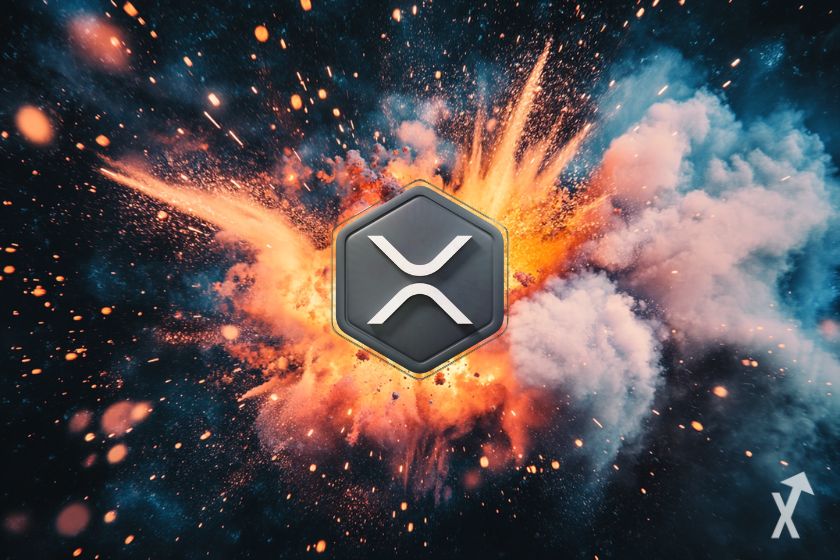The history of Bitcoin to understand the Bitcoin blockchain
It was in 2008 that the mysterious Satoshi Nakamoto published a white paper in November on a cryptography site. In it he describes what the Bitcoin blockchain will be like.
In January 2009, he published the first version of the code of the blockchain officially started later in June 2009.
Satoshi’s life is a mystery : no one knows if he is Japanese or British, or even if he is an individual or a group.
It is estimated that he pocketed around one million bitcoins during the start-up phase. We also know that these have almost never been touched: this makes Satoshi the 20th world power with more than 60 billion dollars of fortune (if we refer to the ATH of $ 60,000 in November 2021).
Blockchain Bitcoin explanation : why this project?
For Satoshi, the banking system is weak and limited.
He therefore designs a decentralized, secure and transparent system (the 3 pillars of crypto) which will become the Bitcoin blockchain. It guarantees “user anonymity” while keeping track of any transaction. There is no longer a central control body.
You have to understand that there is also a libertarian political will behind all this: to modify the world economy so that it too is less centralized.
The anonymity of the Bitcoin blockchain is an illusion. It should rather be called “pseudonymity”. Everything is engraved in the blockchain, each transaction is registered there. Every bitcoin and every movement can be traced. Behind the addresses that send, receive and store bitcoins, there are issuing platforms that identify their users. And even if the user is not identified on a platform, his IP address is also linked to his bitcoin addresses and in case of concern, the authorities can find the person behind an address.
Blockchain Bitcoin, what is it exactly ?
Here is an explanation of the Bitcoin blockchain: the blockchain is a technology that makes it possible to design ultra-secure peer-to-peer databases (peer-to-peer: without a central server) to which a token such as Bitcoin can be attached.
The Bitcoin blockchain is a series of blocks on which transactions are written and these blocks are constantly checked by validators (proof-of-work : coding algorithms launched by users, who are rewarded in Bitcoin).
In short, it is a very large notebook shared and checked by all on which each event, action, information is recorded, but which is impossible to erase, falsify or destroy.
Who are the bitcoin blockchain miners ?
For the validator (more commonly known as a “miner”), the goal is to solve a block. To solve it, he must find the corresponding “hash”. This is a single expression depending on the content of the block and all previous blocks.
It is an encryption calculation based on cryptographic principles. In the crypto community, this is called mining. In the specific case of Bitcoin, we are talking about bitcoin mining.
When a solution is found, the validator is paid and the problem to be solved is updated. This is how blockchain works.
It is the sum of the hashes and the validators that makes the robustness of the system : today we can estimate the load of the Bitcoin blockchain at almost 200 EH/s (ExaHash per second)! A block is validated every 10 minutes (also known as hash difficulty).
“Exa” is a prefix equivalent to 1018.
The blockchain is also transparent : it is possible to explore each block of the blockchain since its first day, and to attest to all past transactions.
Blockchain is a technological innovation
Seen today, the blockchain is one of the last great technological innovations. Invented by a coding eccentric, the blockchain is now implemented by certain States (project of encrypted Yuan or Ruble, but also in Latin America where the States store crypto) and by large firms such as IBM or Microsoft.
The possibilities are becoming greater and greater and the blockchain makes it possible, for example, to secure data and information systems. Many sectors of activity are interested in the advantages of blockchain technology : banks, insurance, logistics, luxury, agri-food, energy, etc.
It is possible to use the blockchain to secure a private network without even having its own token. No more hacking !
The Advantages and Disadvantages of the Bitcoin Blockchain
Let’s take a look at the advantages and disadvantages of the Bitcoin blockchain. Indeed, even if it was the first, it does not only have advantages. Many have been inspired by this blockchain to create more innovative ones and go further.
However, its status and notoriety make it a blockchain that remains interesting and on which we can potentially continue to bet.
The advantages of the Bitcoin Blockchain
We are not going to go around in circles and you already know it : Bitcoin is the mother of cryptos. By its transaction volumes, it monopolizes about 50% of the crypto market, and gives the general trend (up or down).
The value of Bitcoin is currently stagnating around $20,000: it is the most valued token on the market.
Bitcoin has brought huge innovation with its blockchain and it will always remain the mother of cryptos. The level of trust she enjoys thanks to this status is much higher than that of others.
Many experts, investors, states and corporations are investing heavily in Bitcoin, and are predicting notable increases over the next few years.
It is obvious that Bitcoin has an interesting speculative aspect.
The disadvantages of the Bitcoin blockchain
It is also a blockchain that has its flaws and detractors.
It is a very energy-intensive blockchain because of the proof-of-work (PoW) technology and the difficulty of the blockchain.
Verification of transactions is a major job that miners do, but for which they need very expensive hardware resources and significant energy.
In addition, it is limited in its applications: the blocks only support financial transactions and cannot support dApps (Decentralized Applications), DeFi (decentralized finance) or even NFTs.
Blockchains competing with Bitcoin
Obviously, after the arrival of the Bitcoin blockchain, many developers wanted to add their stone to the building and try to create an even more efficient, faster, cheaper, less energy-consuming system, with more possibilities.
Ethereum : the innovative successor
Ethereum offers one of the greatest developments in blockchain technology: inspired by Bitcoin, it implements what are called “smart-contracts”.
Either the possibility of implementing applications (dApps) to store on the blockchain (NFTs for example) or to carry out decentralized finance (borrowing/borrowing, loans/lending of cryptos).
There is no longer a blockchain for a token : Ethereum is a network on its own that hosts other cryptos (or works in a network with other blockchains).
For example, Polygon is an even more powerful blockchain, but compatible with Ethereum.
Based on a PoW system like Bitcoin, Ethereum is planning a change in its blockchain (fork) which will make Ethereum 2.0 a PoS (proof-of-stake) blockchain with a non-energy-consuming validation system where savers are rewarded.
It is now the second largest value in the crypto market by its transaction volumes.
Who will have the best blockchain ?
The blockchain is booming, and other projects are trying to improve the blockchain on a purely technical level. We can think of Solana, Terra (RIP) or Kadena. The future possibilities are endless : data storage, games using NFTs, metaverse, …
The Terra blockchain experienced a shutdown in May 2022 and the prices of LUNA and the stablecoin UST (associated tokens) crashed, which led to market instability.
This is the rise of web3 (after web 2.0 and social networks: Instagram, Twitter, etc.): difficult to grasp but with infinite possibilities. A whole ecosystem is being set up around blockchains.
How does web3 work?
The web3 is the entire web that revolves around blockchain technology. Cryptos, NFTs, Metaverses, Play-to-Earn, etc. To connect to a website3 (or a protocol), you must connect a wallet (often a browser wallet) to your internet browser. Metamask and other browser wallets are wallets connected to different dApps on different blockchains and capable of collecting NFTs and participating in DeFi.
Bitcoin blockchain in the future
The very rigid Bitcoin blockchain will be the main value of the crypto universe for a long time to come.
Even if it does not integrate smart-contracts, the Bitcoin token remains the most important by its volumes and its influence. It is the main index for cryptocurrency investors.
The Ethereum blockchain undoubtedly has a bright future ahead of it and may one day compete with the Bitcoin blockchain (if we can talk about competition!). It seems to be heading well as the main blockchain of the current and future web3.
Other blockchains are emerging and making their way, what will happen in the future ? It is the solidity of the projects that will tell.

